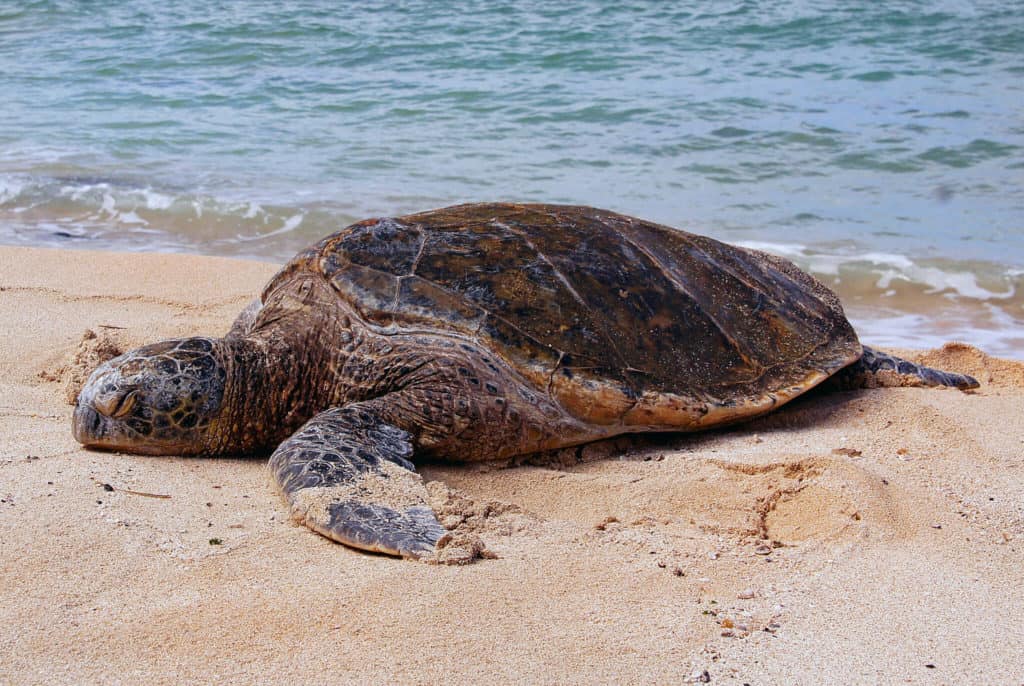Can Sea Turtles Live On Land
today we discuss Can Sea Turtles Live On Land. Have you ever wondered if sea turtles can live on land? It’s a fascinating question that sparks curiosity. Well, let’s dive right in and explore the amazing world of sea turtles and their relationship with land.
Sea turtles are known for their incredible swimming abilities and their natural habitat in the ocean. However, they do come ashore for various reasons, from nesting to sunbathing. So, can sea turtles actually live on land? Let’s find out!
In this article, we’ll uncover the truth behind sea turtles and their land ventures. From their adaptations to the challenges they face, we’ll discover the exciting details of these remarkable creatures. So, stay tuned and get ready to embark on a sea turtle adventure like no other!
 Source: marinepatch.com
Source: marinepatch.comCan Sea Turtles Live on Land?: The Fascinating Adaptations of These Marine Creatures
Sea turtles are majestic marine creatures that have captured the hearts and imaginations of people around the world. With their graceful movements and ancient lineage, it’s no wonder that many people are curious about their abilities and adaptations. One intriguing question that often comes up is whether sea turtles can live on land. In this article, we will explore the various aspects of sea turtles’ lives and examine whether they have the capability to survive outside of the ocean.
1. Sea Turtles: A Closer Look at Their Anatomy and Physiology
Sea turtles are well-adapted to life in the ocean, with a range of physical characteristics that make them efficient swimmers. Their streamlined bodies and flipper-like limbs allow them to navigate through the water with ease. Their shells, or carapaces, provide protection and buoyancy. Additionally, sea turtles have lungs that enable them to breathe air when they come to the surface. This ability to breathe air is crucial for their survival, but can sea turtles rely on it alone to live on land?
While sea turtles are capable of hauling themselves onto land to lay their eggs, they are not built to spend extended periods of time away from the water. Unlike their cousins, the terrestrial tortoises, sea turtles lack certain adaptations that would enable them to thrive on land. Their limbs, although effective for swimming, are not designed for efficient movement on land. Their carapaces, while protective, are heavy and would hinder their mobility on land. Furthermore, sea turtles’ bodies are adapted to the constant support of buoyancy in the water, which would be absent on land.
2. The Nesting Behavior of Sea Turtles: A Brief Overview
One of the most fascinating aspects of sea turtles’ lives is their nesting behavior. After mating in the water, female sea turtles come ashore to dig nests in the sand and lay their eggs. This behavior is known as “arribada,” where large groups of female turtles come together to nest on the same beach. It is truly a remarkable phenomenon to witness.
During the nesting process, sea turtles spend a limited amount of time on land. They carefully select a suitable site, dig a hole with their hind flippers, and deposit their eggs before covering the nest and returning to the ocean. This entire process can take several hours. Once the eggs are laid, the female sea turtle leaves and the offspring are left to develop in the nest, eventually hatching and making their journey to the sea.
3. The Importance of the Ocean for Sea Turtles’ Survival
The ocean is essential to the survival of sea turtles. It provides them with food, shelter, and the ideal environment for their unique life cycle. Sea turtles are primarily carnivorous, feeding on a variety of marine creatures such as jellyfish, sponges, and seagrass. The ocean’s abundance of food ensures that sea turtles have a constant source of sustenance.
Additionally, the ocean offers protection for sea turtles against predators and harsh environmental conditions. The vastness of the sea provides ample space for sea turtles to roam and evade potential danger. The highly saline water of the ocean also helps to regulate the temperature of sea turtles’ bodies. Furthermore, the ocean serves as a crucial navigational guide for sea turtles during their migrations, allowing them to reach their breeding and feeding grounds.
4. Can Sea Turtles Survive on Land?
Although sea turtles have adaptations that allow them to temporarily survive on land during the nesting process, they are not equipped to live there permanently. Unlike tortoises and other land-dwelling reptiles, sea turtles lack the necessary adaptations for sustained survival on land. Their bodies are optimized for life in the ocean, and without the support of water, they would experience various challenges.
Sea turtles’ heavy carapaces would hinder their movement and make it difficult for them to find food and shelter. Their limbs, designed for swimming, would not provide efficient locomotion on land. They would also be exposed to extreme temperatures and be more vulnerable to predators. While they can tolerate brief stints on land for nesting, their biology and physiology are perfectly suited to the marine environment.

Key Takeaways: Can Sea Turtles Live on Land?
- Sea turtles are adapted to life in the ocean and spend almost their entire lives at sea.
- However, female sea turtles come to land to lay eggs in a process called nesting.
- While they can’t live on land permanently, sea turtles rely on the beach for nesting.
- After laying eggs, the mother turtle returns to the ocean, and the hatchlings make their way to the water once they hatch.
- Sea turtles are not built for survival on land and are better equipped for life in the water.
Faqs for Can Sea Turtles Live On Land:
While sea turtles are primarily aquatic creatures, they do have the ability to spend some time out of water. Some species, like the green sea turtle, can survive on land for several hours or even days. However, this ability varies among different species. Sea turtles are adapted to the ocean environment, so they are more comfortable in water.
During their time on land, sea turtles may be less active and restrict their movements. They rely on stored energy reserves and slower metabolic rates to conserve energy. Their behavior on land is primarily related to nesting activities, as females come ashore to lay their eggs.
Sea turtles, as reptiles, have lungs and are not able to extract oxygen from water like fish can. However, they can hold their breath for extended periods of time. When sea turtles come ashore, they rely on the oxygen stored in their lungs and bloodstream to sustain them during their time on land.
It’s important to note that sea turtles are adapted to aquatic environments, so their respiratory systems are most efficient underwater. While on land, their breathing rate may slow down, which helps them conserve energy and adapt to the different environment.
No, sea turtles do not eat when they are on land. Their diet primarily consists of underwater plants and animals, such as seagrass and jellyfish. When sea turtles come ashore, their main focus is nesting. After laying eggs, they return to the water without eating until they find themselves back in their marine habitat.
During nesting season, female sea turtles may fast for several weeks as they prepare their bodies for reproduction. This fasting period does not harm them, as they rely on their stored energy reserves to meet their metabolic needs during this time.
Sea turtles do not sleep in the same way humans do. They have a unique sleep pattern referred to as “unihemispheric slow-wave sleep.” This means that only one hemisphere of the brain is asleep at a time, while the other remains alert.
This adaptation allows them to maintain awareness of their surroundings and prevent predators from taking advantage of them while they are vulnerable on land.
Even though sea turtles appear to be resting on the beach, they are still somewhat alert. They wake up periodically to breathe and ensure their safety. Once they return to the water, they can enter deeper sleep stages.
No, sea turtles cannot survive solely on land. They are adapted to the marine environment and rely on water for food, protection, and overall survival. While they may come ashore for specific purposes like nesting, their primary habitat is the ocean.
Sea turtles face numerous challenges on land, including dehydration, predation, and a lack of suitable food sources. They are equipped with specialized traits, such as their streamlined bodies and flippers, that allow them to move efficiently and forage in water. Without access to their natural habitat, sea turtles would not be able to thrive and fulfill their ecological roles in the marine ecosystem.
Sea Turtles 101 | National Geographic
Summary
Sea turtles cannot live on land because their bodies are adapted for life in the ocean. They have flippers instead of limbs, which make it hard for them to move on land. Additionally, sea turtles rely on water to breathe, mate, and find their food.
Sea turtles lay their eggs on land, but they quickly return to the water. The eggs hatch and the baby turtles make their way to the ocean. Although sea turtles may occasionally end up on land by accident, they are not equipped to survive there in the long term. For their survival and well-being, it is important to protect their ocean habitats.
